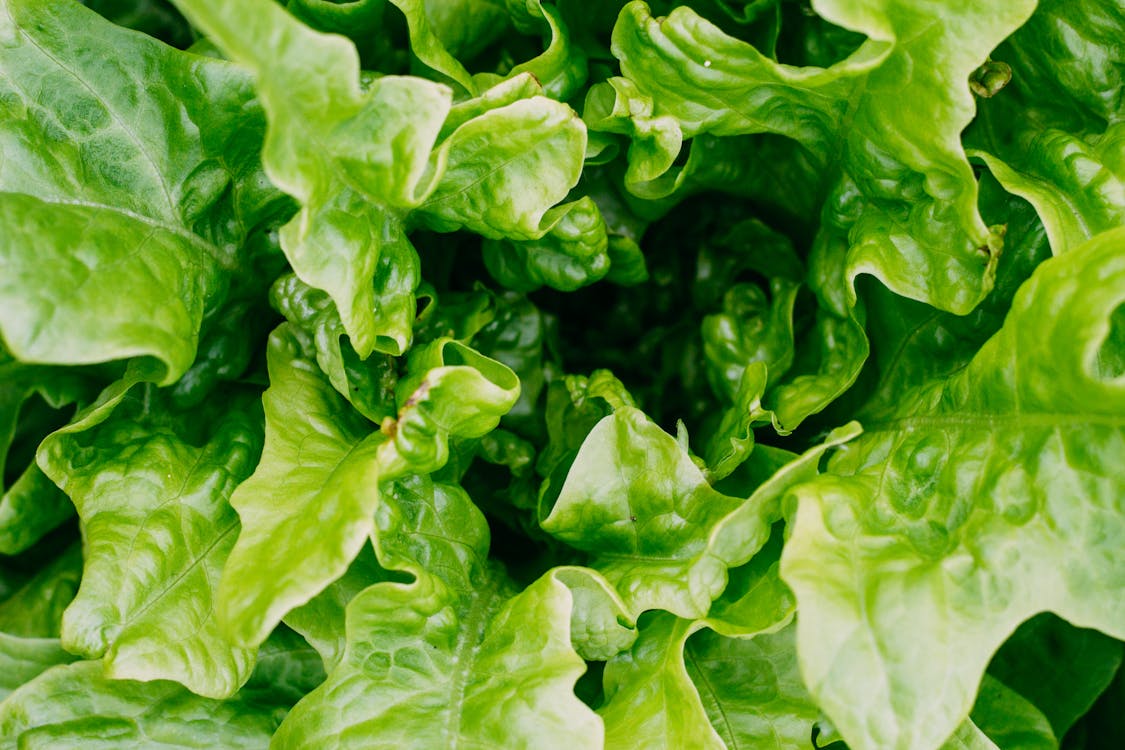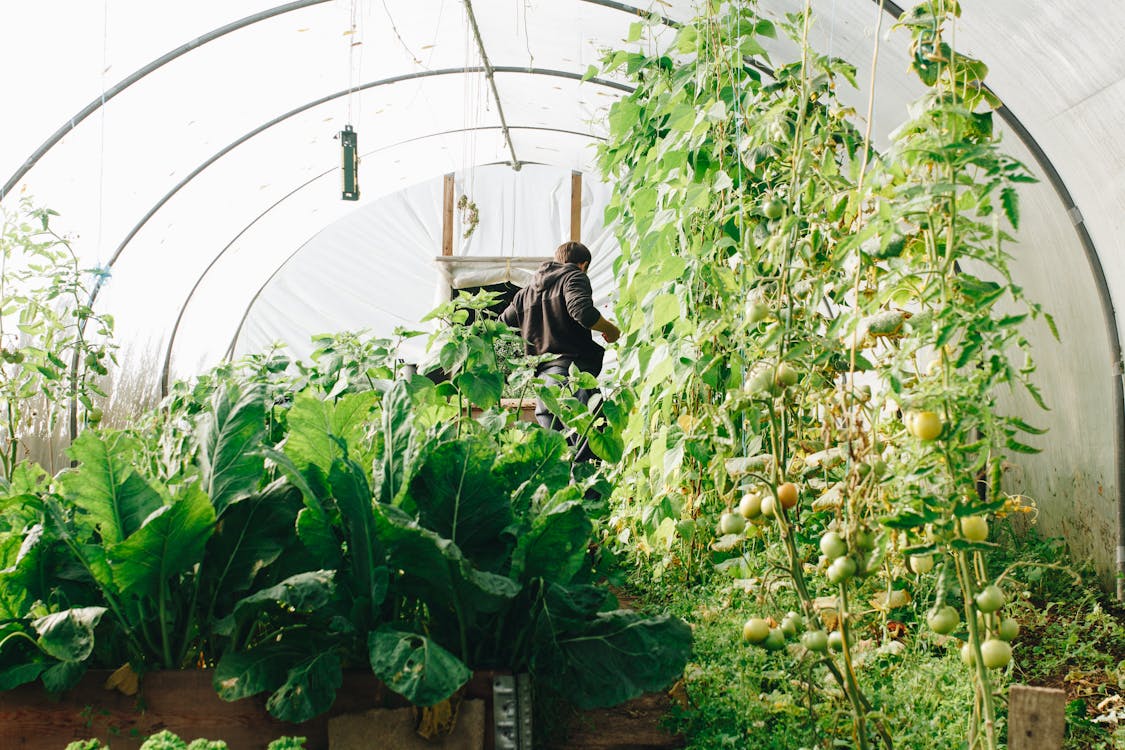Urban vegetable gardens have emerged as more than just patches of green in concrete jungles; they represent a sustainable movement that empowers city dwellers to reconnect with nature and nurture their own sustenance. These gardens, nestled amidst urban landscapes, hold a multifaceted significance, serving as spaces for food cultivation, environmental conservation, and social interaction. Their allure lies in the promise of fresh produce, improved well-being, and a sense of community.
Beyond the nutritional benefits, urban vegetable gardens serve as essential elements of urban planning and design. They contribute to the creation of green spaces that mitigate the urban heat island effect, improve air quality, and enhance overall urban aesthetics. However, the harmonious coexistence of these gardens with the realities of urban pollution remains a challenge that needs thoughtful exploration.
Microplastics: The Unseen Threat Lurking in Urban Agriculture
While the promise of urban vegetable gardens is captivating, a subtle threat looms beneath the surface: microplastics. These minuscule plastic particles, often measuring less than 5 millimeters, have emerged as a global environmental concern. Their presence in ecosystems as diverse as oceans, rivers, and soil has raised alarms about their potential impact on both the environment and human health. In urban environments, microplastics find their way into the air and soil, and the proximity of vegetable gardens to pollution hotspots, such as high-traffic areas, poses a unique challenge.
The potential for microplastic accumulation in urban gardens presents a complex interplay of factors. Traffic-related activities, particularly tire wear, release microplastics into the environment. As urban vegetable gardens flourish near bustling roads, the possibility of these microplastics being absorbed by the very produce intended for consumption raises concerns. The urban-rural dichotomy adds another layer of complexity, as the sources of pollution may differ between these settings, impacting the quality of produce grown and consumed. Understanding the extent of microplastic contamination in urban agriculture is not only crucial for ensuring the safety of locally grown food but also for creating informed policies that protect both human health and urban sustainability.
Comparing Contaminants: Urban Gardens vs. Rural Areas vs. Supermarkets
To comprehend the impact of microplastics on urban vegetable gardens, a study compared the levels of microplastics in lettuce samples from different sources: urban gardens, rural areas, and supermarkets. The results were both illuminating and concerning. Microplastics were detected in all washed lettuce leaves, with concentrations ranging from 6.3 to 29.4 microplastics per gram. This finding highlighted the ubiquity of microplastics even in produce considered locally grown and wholesome. Strikingly, lettuce cultivated in urban gardens located near high traffic density areas exhibited higher microplastic levels, accentuating the potential impact of pollution hotspots on urban agriculture.
Further analysis revealed weak but noteworthy positive correlations between microplastic content and chemical elements associated with traffic-related sources, such as copper and sulfur. These correlations suggested a possible connection between traffic emissions and microplastic contamination, underscoring the need for targeted interventions to mitigate pollution sources in urban environments. The implications of these findings extend beyond environmental concerns to encompass public health and the overall sustainability of urban agriculture.
Navigating Toward a Greener and Cleaner Future
The findings of the study underscore the intricate relationship between urban vegetable gardens, pollution, and the well-being of urban communities. While urban gardens symbolize a greener and healthier future, the prevalence of microplastics challenges their promise. To ensure the safety and sustainability of locally grown produce, comprehensive strategies are required.
Addressing microplastic contamination demands a multifaceted approach that includes pollution reduction measures, improved waste management practices, and informed consumer choices. As urban planners, designers, and policymakers, it is imperative to strike a balance between fostering urban agriculture and safeguarding the environment. By reimagining urban spaces, integrating sustainable practices, and prioritizing research-driven solutions, cities can pave the way toward a future where urban vegetable gardens flourish without compromising the health of both the planet and its inhabitants. The journey toward a greener future is one that requires vigilance, collaboration, and a shared commitment to nurturing sustainable ecosystems within urban landscapes.
Download a copy of the study here:


.jpg)
.jpg)
